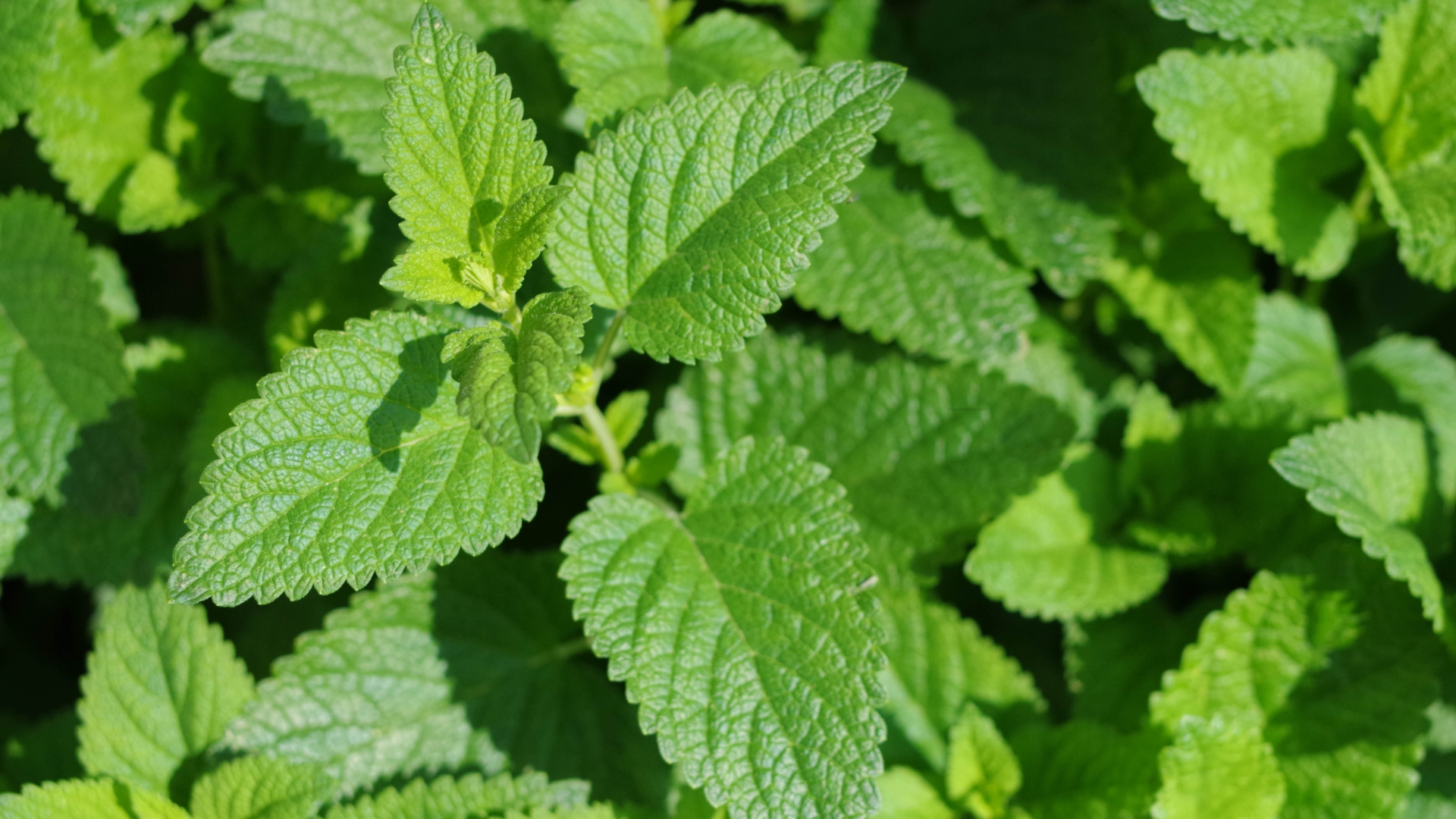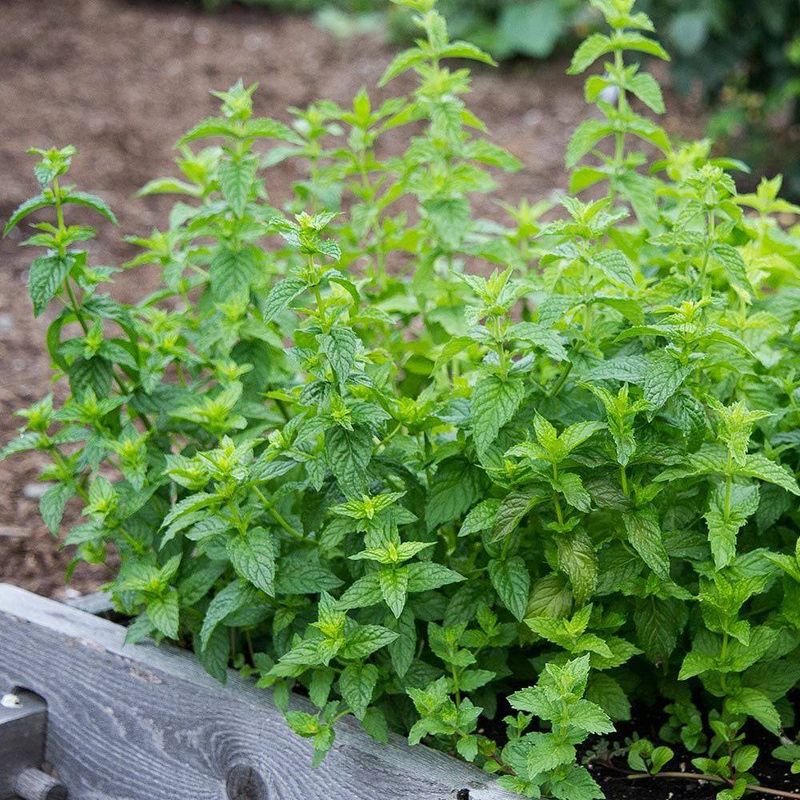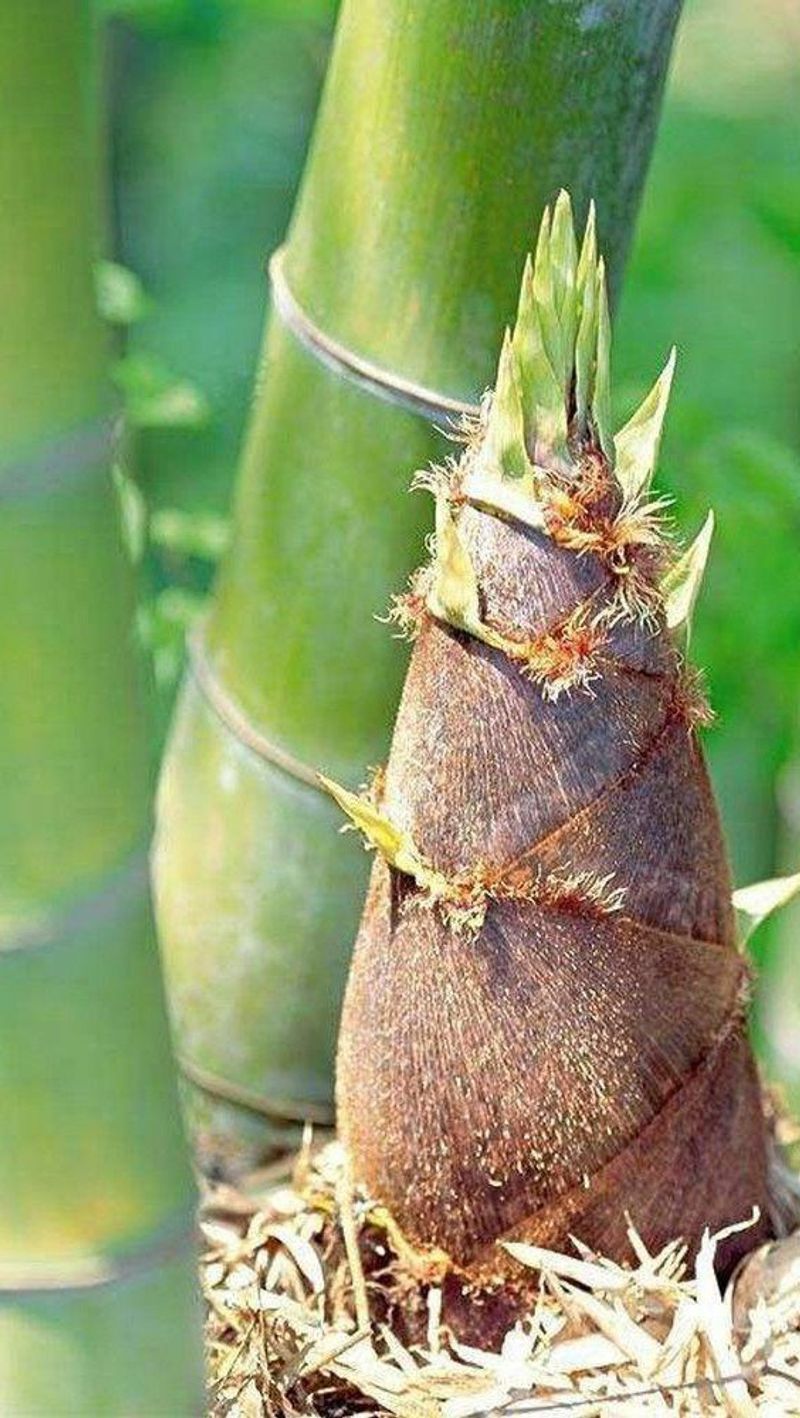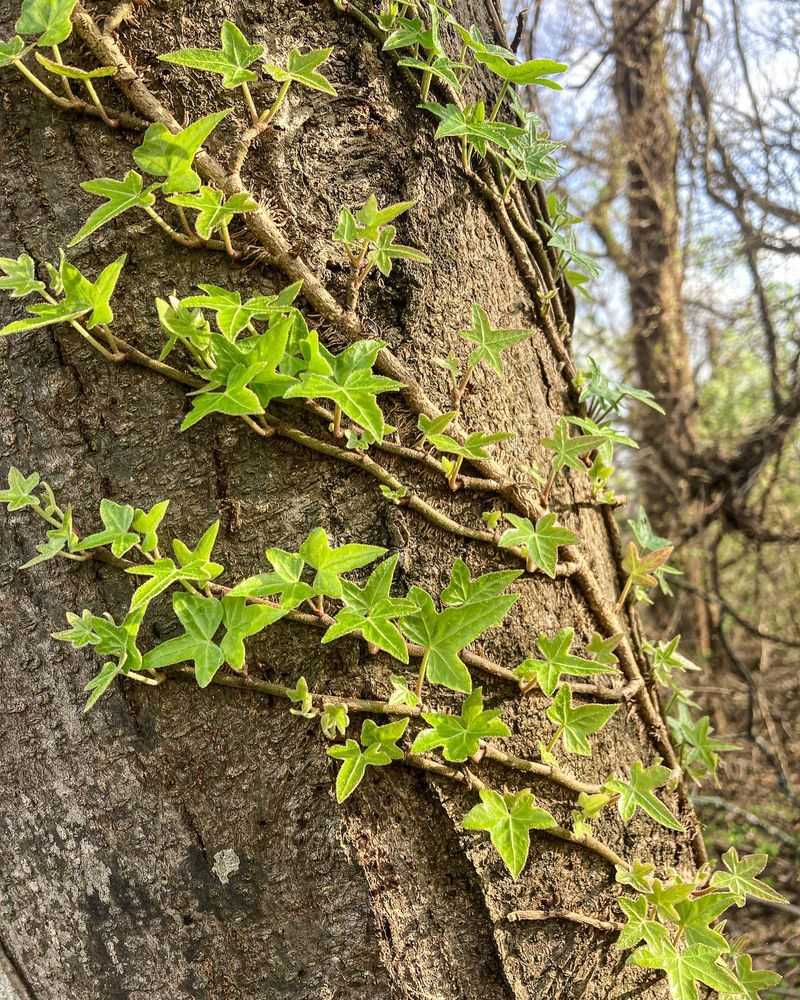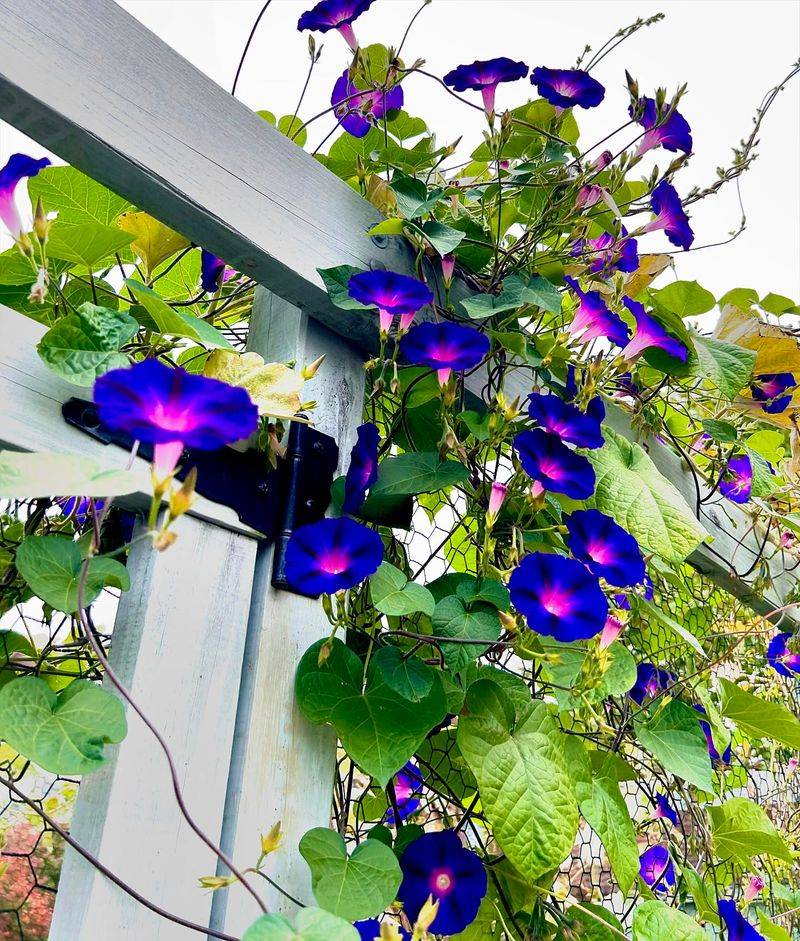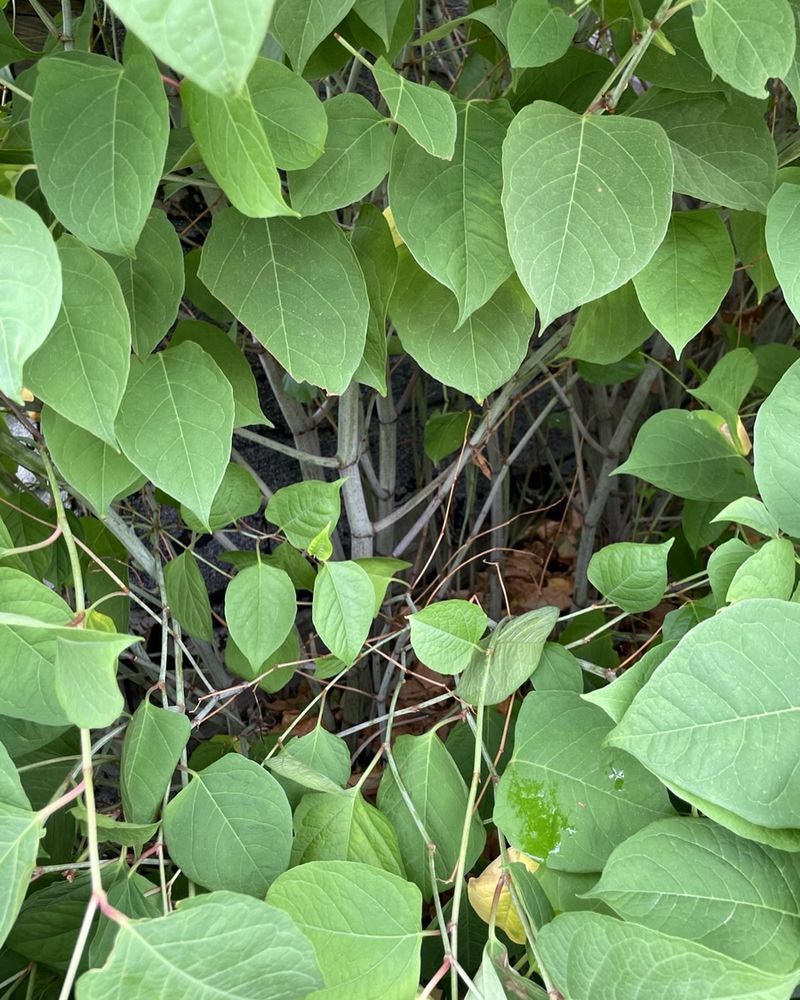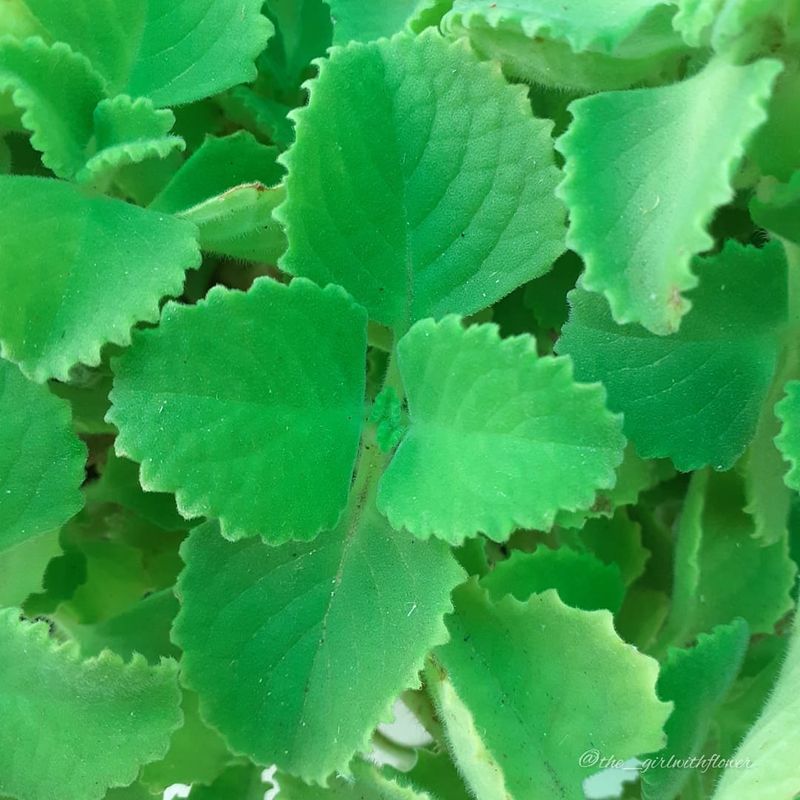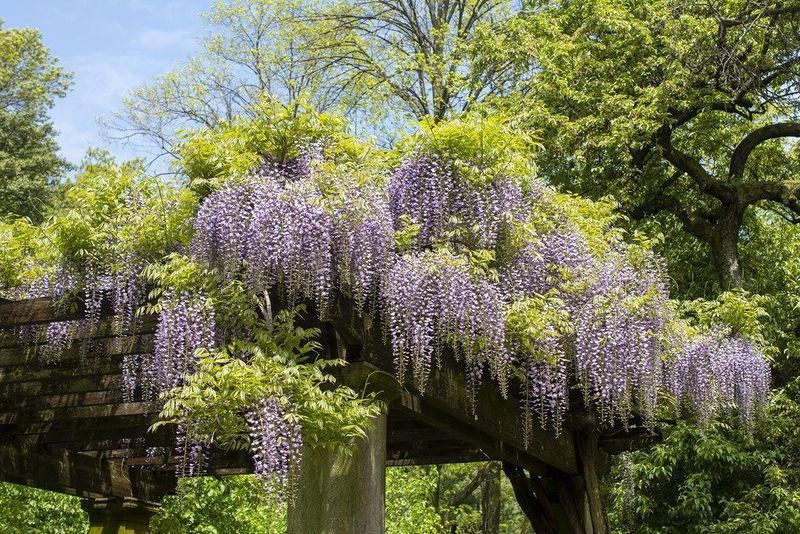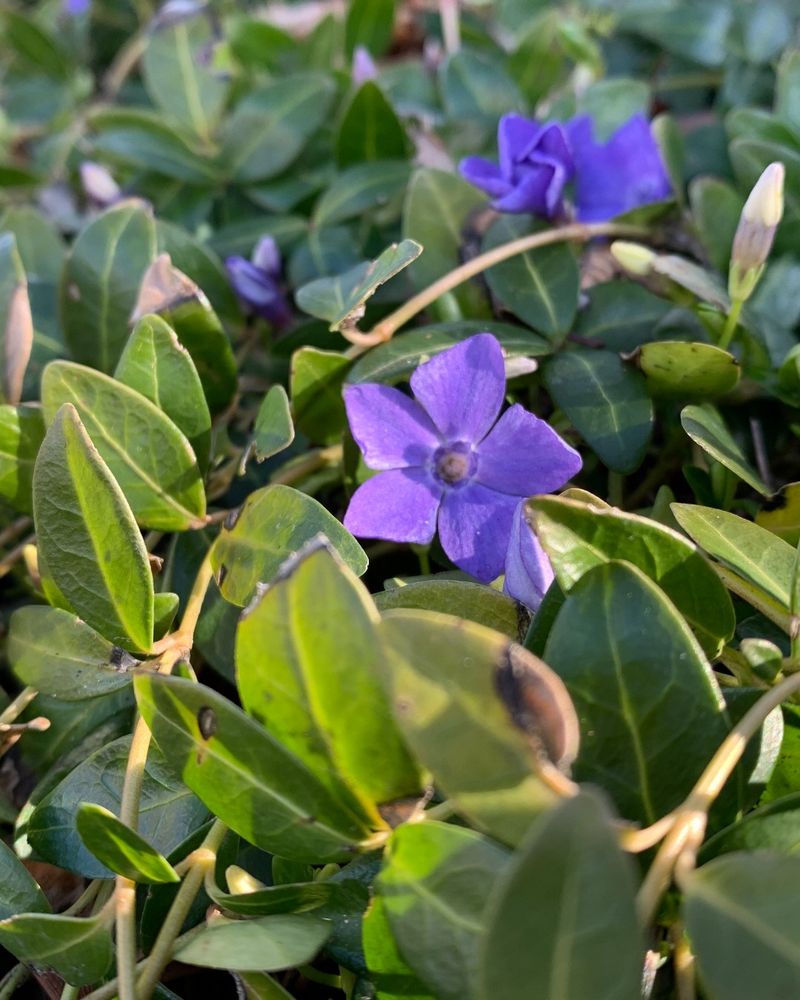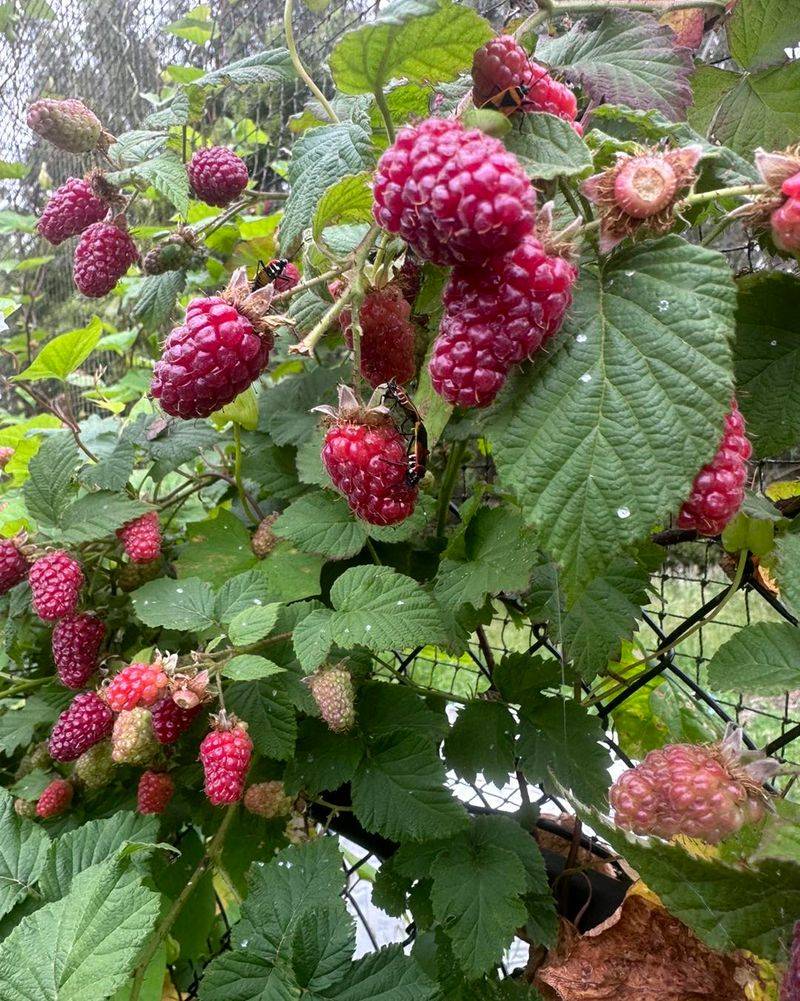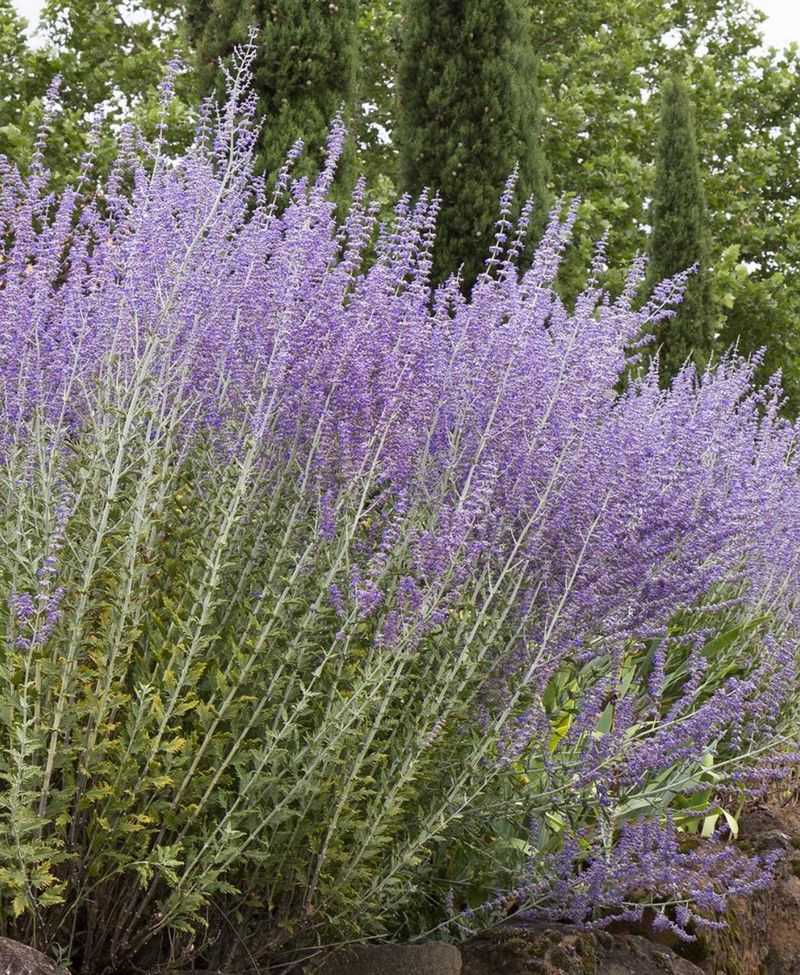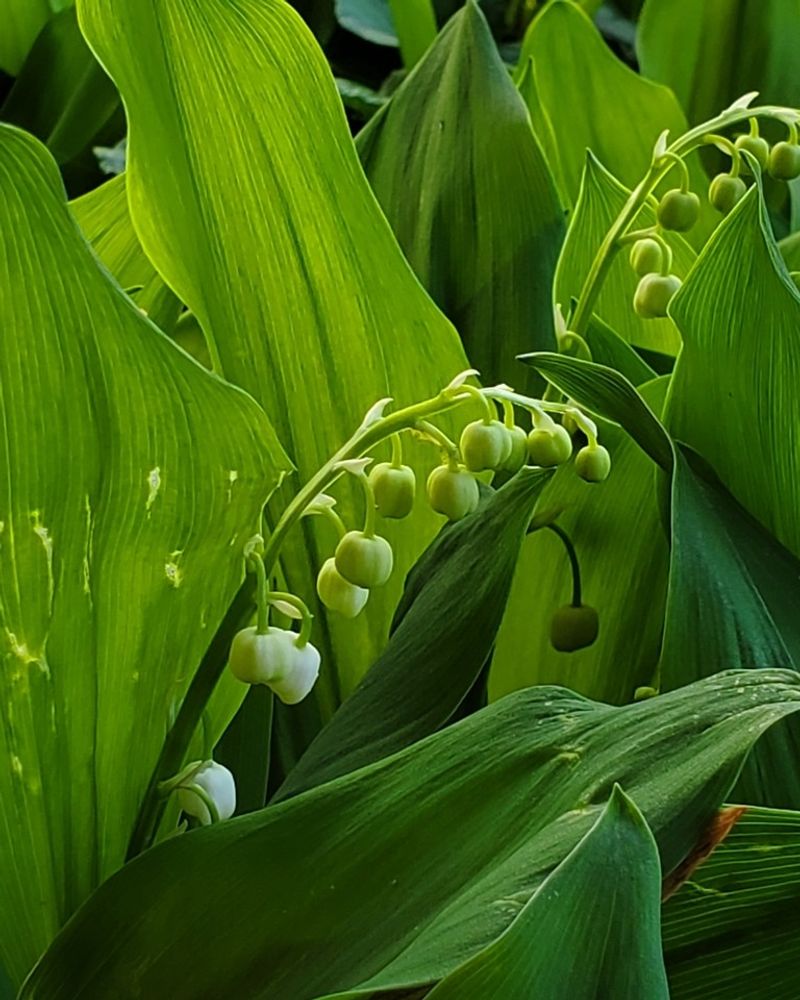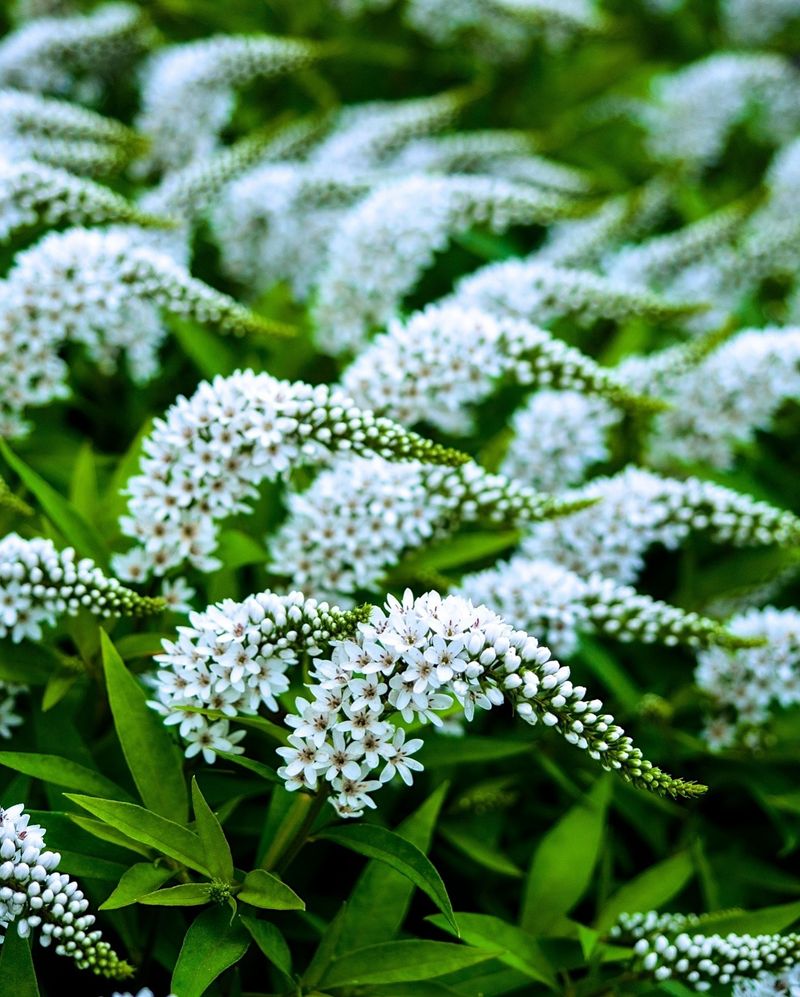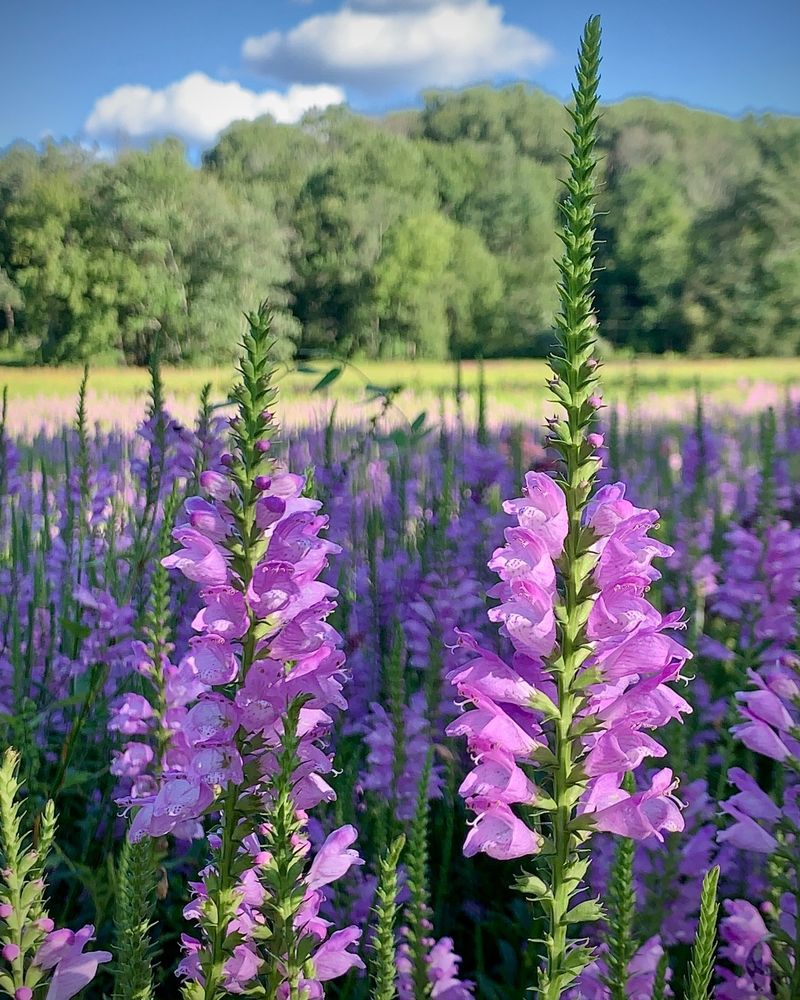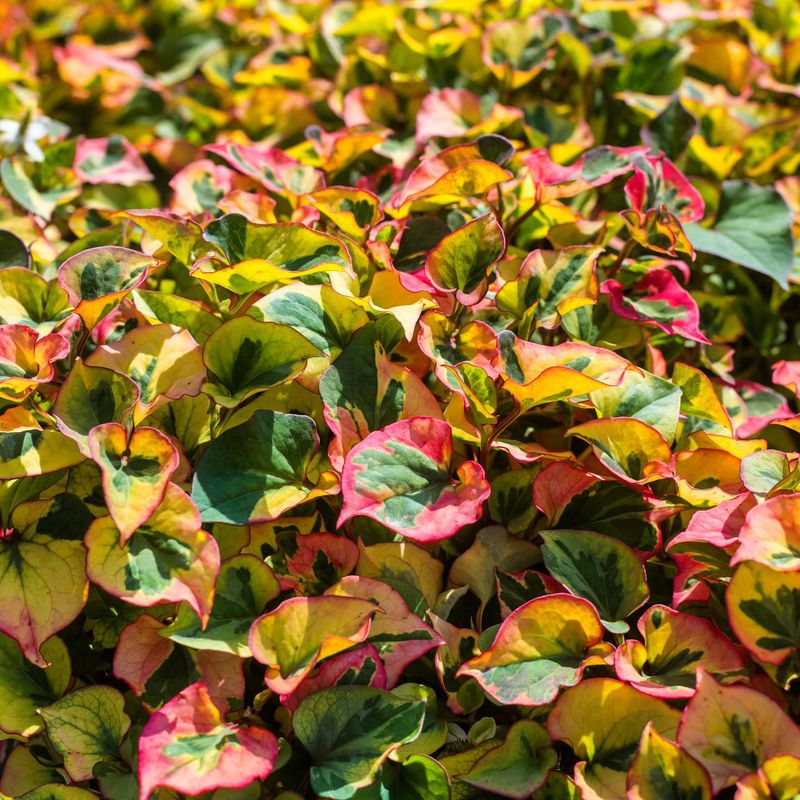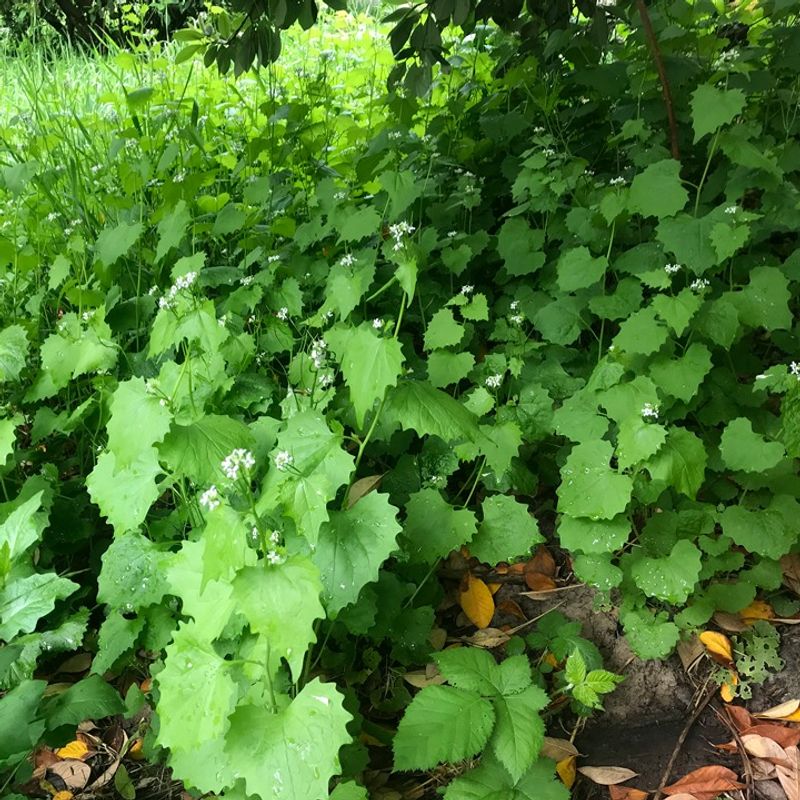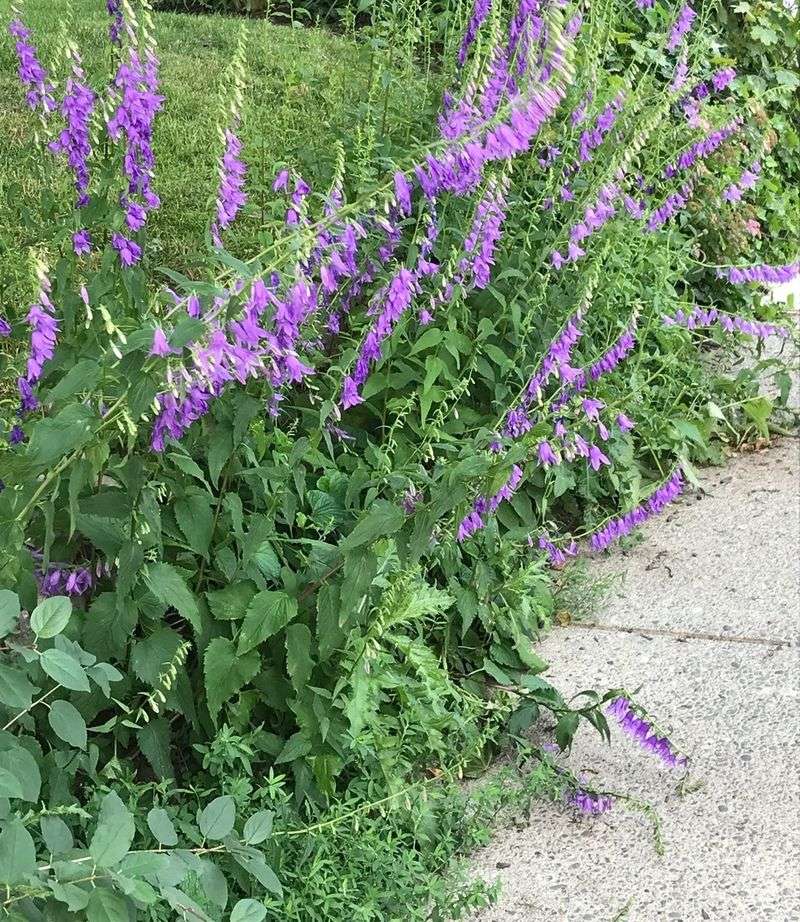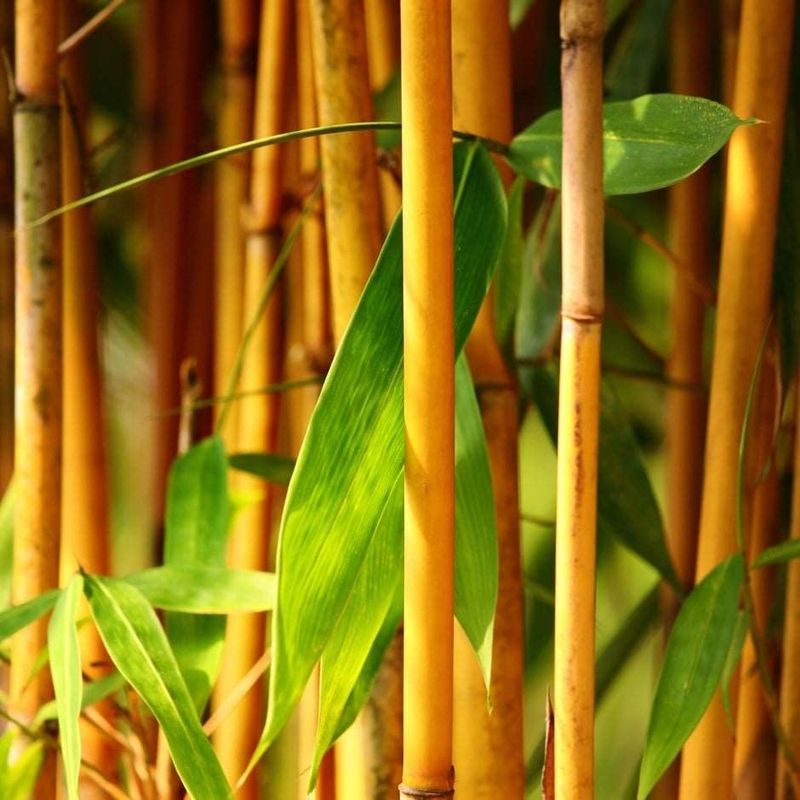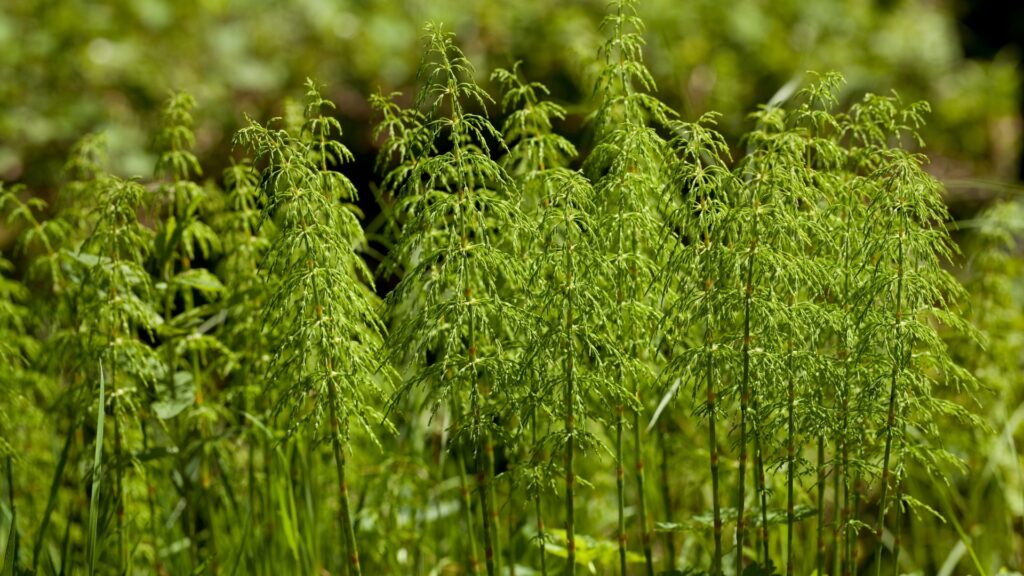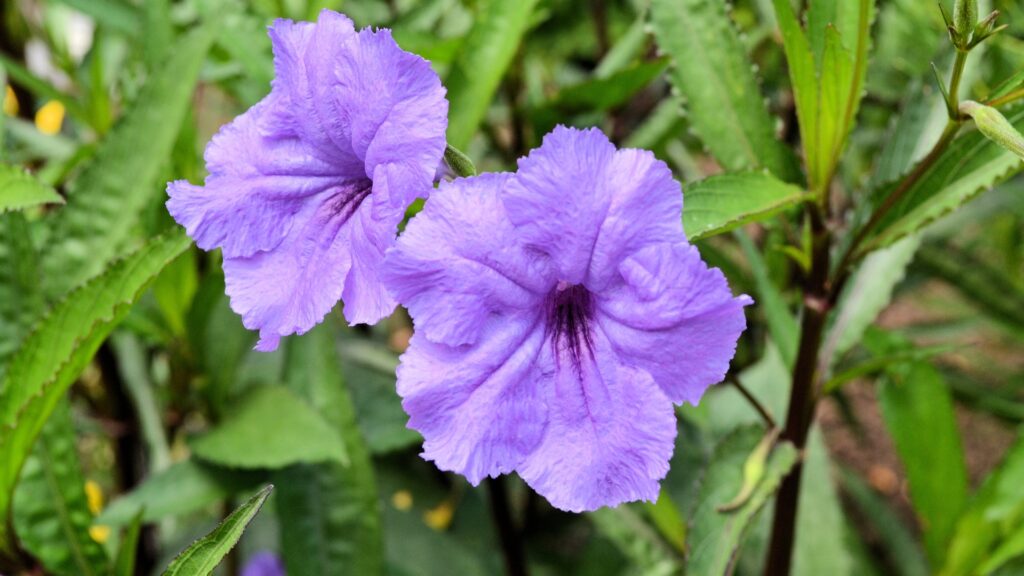It all begins with an innocent little sprout—sweet, unassuming, maybe even charming. But blink once, and it’s elbowing its way across your flower beds, wrapping around everything you hold dear. Some plants just don’t know how to mind their own business.
I’ve seen a few go from garden guest to full-blown backyard bully, muscling out the polite, well-mannered plants I actually invited. These 20 are the troublemakers, the fast-talkers, the ones that crash the party and never leave. Plant them once, and you could be pulling them up by the roots for years—literally.
1. Mint
Those fragrant leaves might make amazing mojitos, but mint’s underground runners will silently colonize your entire garden bed before you realize what’s happening. Left unchecked, it can spread several feet in all directions in just one growing season, popping up in the most unexpected places.
The smartest way to grow mint is in containers—preferably ones without drainage holes at the bottom. Even a small escaped root fragment can establish a new mint empire in your garden. Despite its invasive nature, mint does have some benefits, including attracting beneficial insects and repelling pests like mice and mosquitoes.
2. Bamboo
Running bamboo varieties can grow up to a foot per day and send underground rhizomes 20 feet or more from the parent plant. Your lovely privacy screen can quickly become your neighbor’s nightmare as bamboo shoots emerge through lawn, concrete, and even building foundations.
Containing bamboo requires installing specialized rhizome barriers at least 30 inches deep around the planting area. Even with barriers, you’ll need to regularly check for escapees that manage to jump the fence. For those who love the bamboo look but fear its invasive nature, clumping varieties offer a more well-behaved alternative that stays relatively contained in one spot.
3. English Ivy
What starts as an elegant ground cover can quickly transform into a monster that swallows trees, buildings, and anything else in its path. English ivy’s strong aerial roots allow it to climb and damage brick, wood, and other surfaces while its dense growth blocks sunlight from reaching other plants.
Removing established ivy requires persistence and protective gear, as the plant contains irritating compounds that can cause skin reactions. In many regions, English ivy has escaped gardens to become a serious threat to native forest ecosystems. Consider native alternatives like wild ginger or woodland phlox that provide similar aesthetic benefits without the invasive tendencies.
4. Morning Glory
Those beautiful trumpet-shaped flowers hide a secret—morning glory can produce over 500 seeds per plant, and those seeds can remain viable in soil for decades. Once established, their twining vines grow several inches per day, quickly engulfing anything in their path.
Many gardeners find themselves battling volunteer morning glories for years after the initial planting. The key to control is preventing seed production by removing flowers before they set seed. For a less aggressive alternative with similar beauty, consider planting moonflower or certain clematis varieties that provide vertical interest without the invasive tendencies.
5. Japanese Knotweed
Often called ‘the plant that’s eating Britain,’ Japanese knotweed is so invasive that in some countries, having it on your property can affect home sales and insurance. Its bamboo-like stems can grow through concrete, asphalt, and building foundations, causing significant structural damage.
Knotweed’s underground rhizomes can extend 20 feet horizontally and 10 feet deep, making complete eradication nearly impossible without professional help. Even tiny fragments of root can regenerate into new plants. In the US, many states have banned this plant, and with good reason—a single plant can spread to form a dense 20-foot-diameter stand in just two years.
6. Trumpet Vine
Hummingbirds love trumpet vine’s showy orange flowers, but gardeners often regret planting this aggressive climber. Its underground runners can emerge dozens of feet from the parent plant, sending up new shoots through lawn, garden beds, and even paved areas.
Cutting back trumpet vine only encourages more vigorous growth, making it difficult to control once established. The vine can grow up to 40 feet long and produces pods containing hundreds of winged seeds that scatter widely. If you still want to grow this plant, consider containing it in a large buried pot with the bottom removed, and be vigilant about removing seed pods before they mature.
7. Bishop’s Weed
Also known as goutweed or snow-on-the-mountain, this innocent-looking ground cover with variegated leaves becomes a garden thug once established. Its underground rhizomes form a dense mat that chokes out nearly everything in its path, while being nearly impossible to fully remove.
Even small root fragments left in the soil will regenerate, making complete eradication a multi-year project. The variegated form may revert to solid green, which grows even more aggressively. For those seeking an attractive ground cover, consider native alternatives like wild ginger, foamflower, or woodland phlox that won’t take over your entire landscape.
8. Wisteria
Those cascading purple flowers may look dreamy, but wisteria’s woody vines can grow 10 feet in a single season and are strong enough to strangle trees and damage buildings. Its weight alone can collapse arbors and pergolas not built to withstand its mass.
Wisteria’s underground runners can travel far from the parent plant, popping up new shoots where you least expect them. Chinese and Japanese varieties are particularly aggressive, while American wisteria tends to be somewhat better behaved. If you must have wisteria, plant it far from structures and trees, and be prepared for regular pruning and runner removal to keep it in check.
9. Periwinkle
This seemingly innocent ground cover with pretty blue flowers can quickly form a dense mat that smothers native plants and alters ecosystems. Periwinkle (Vinca minor and Vinca major) spreads through runners that root at nodes, allowing it to cover large areas surprisingly fast.
In many regions, periwinkle has escaped gardens to invade natural areas, where it reduces biodiversity by preventing native plant regeneration. If you already have periwinkle, consider containing it with deep edging barriers and avoid planting it near natural areas. Native ground covers like wild ginger, foamflower, or Pennsylvania sedge provide similar benefits without the invasive tendencies.
10. Raspberry and Blackberry
While their berries are delicious, wild raspberry and blackberry canes can quickly form impenetrable thickets that take over gardens. Their arching stems root at the tips when they touch the ground, creating new plants that continue the cycle of spread.
The thorny canes make removal particularly challenging, often requiring heavy gloves, long sleeves, and serious determination. For those who want berries without the invasive tendencies, consider thornless blackberry varieties or growing raspberries in raised beds with barriers. Regular pruning and removal of tip-rooted canes can help keep these berry producers within bounds.
11. Russian Sage
This drought-tolerant perennial with silvery foliage and purple flowers seems well-behaved at first, but give it a few seasons and you’ll discover its spreading nature. Russian sage reproduces both by seeds and by underground runners, allowing it to colonize far beyond its original planting area.
In ideal conditions, a single plant can expand to several feet in diameter within just a few growing seasons. Removing unwanted Russian sage requires digging out the entire root system, as any fragments left behind will regrow. For a less aggressive alternative with similar drought tolerance and appearance, consider lavender or catmint, which stay more contained.
12. Lily of the Valley
Those sweet-smelling bell-shaped flowers hide a garden thug that spreads relentlessly through underground rhizomes. Lily of the valley forms dense colonies that exclude nearly all other plants, and once established, it’s extraordinarily difficult to eradicate completely.
Even small fragments of rhizomes left in the soil will regenerate into new plants. All parts of this plant are highly toxic, adding another reason to be cautious about planting it. If you love its fragrance and appearance, consider growing it in containers or installing deep rhizome barriers to prevent its escape into the broader landscape.
13. Gooseneck Loosestrife
Don’t be fooled by this plant’s graceful white flower spikes—gooseneck loosestrife is an aggressive spreader that can quickly take over moist garden areas. Unlike its truly invasive cousin purple loosestrife, this plant spreads primarily through underground runners rather than seeds.
In ideal conditions, gooseneck loosestrife can spread several feet in a single growing season, overwhelming neighboring plants. Containing it requires installing deep barriers or growing it in pots buried in the ground. For a similar aesthetic with better manners, consider white astilbe or goat’s beard, which provide vertical white blooms without the aggressive spreading habit.
14. Obedient Plant
Despite its name suggesting good behavior, obedient plant (Physostegia) is anything but obedient in the garden. The name actually refers to how the individual flowers stay in position when moved, not its growth habit, which is decidedly unruly.
Underground runners allow obedient plant to spread rapidly, sending up new shoots several feet from the original planting. Pink or white flower spikes attract pollinators, but the plant’s aggressive nature means it soon crowds out more well-behaved garden residents. Growing it in containers or installing deep rhizome barriers can help keep this beauty from becoming a beast in your garden beds.
15. Chameleon Plant
The colorful heart-shaped leaves of chameleon plant (Houttuynia cordata) might catch your eye at the garden center, but this Asian native quickly becomes a gardener’s nemesis. Its aggressive underground runners can spread more than 3 feet per year, invading lawns, garden beds, and even neighboring properties.
The plant has a distinctive unpleasant smell when crushed, which some describe as fishy or rotten. Complete removal requires digging out every bit of the fragile root system, as even tiny fragments will regenerate. If you’re attracted to its colorful foliage, consider heuchera or coleus varieties that provide similar visual interest without the invasive tendencies.
16. Garlic Mustard
This European biennial might seem innocuous with its small white flowers and garlic-scented leaves, but it’s one of North America’s most aggressive woodland invaders. A single plant can produce thousands of seeds that remain viable in soil for up to 10 years, creating a long-term management challenge.
Garlic mustard also produces chemicals that inhibit the growth of other plants and disrupt beneficial fungal associations in the soil. In natural areas, it forms dense stands that crowd out native wildflowers and tree seedlings. If you spot this plant in your garden, remove it immediately before it sets seed, wearing gloves as it can cause skin irritation in sensitive individuals.
17. Creeping Bellflower
Those pretty purple bell-shaped flowers belie one of the most persistent garden invaders you might encounter. Creeping bellflower spreads through both seeds and deep, brittle white roots that break easily and regenerate from even tiny fragments left in the soil.
The root system can penetrate more than 2 feet deep, making complete removal nearly impossible once established. This European native has escaped gardens to become a serious problem in natural areas across North America. If you’re looking for blue-purple flowers without the invasive tendencies, consider native alternatives like blue vervain, wild blue phlox, or great blue lobelia.
18. Golden Bamboo
One of the most aggressive bamboo species, golden bamboo can send up new shoots 30 feet or more from the parent plant. These shoots can grow through asphalt, building foundations, and other structures, causing significant damage.
Golden bamboo can grow up to 2 feet per day in ideal conditions, quickly creating dense groves that are nearly impossible to eradicate without heavy equipment. Even with rhizome barriers, this bamboo requires vigilant monitoring to prevent escape. For those who love the bamboo aesthetic, consider non-invasive clumping varieties like Fargesia that stay in well-behaved clumps rather than running rampant through the landscape.
19. Horsetail (Equisetum arvense)
This ancient plant looks like something out of a prehistoric landscape—and behaves like it too. Horsetail spreads through deep, wiry rhizomes that can burrow more than 6 feet into the ground and extend horizontally far beyond the original patch. Even the tiniest root fragments left behind can regenerate, making horsetail nearly impossible to eradicate once it gets established.
It thrives in poor, compacted soils and wet areas where few other plants succeed, but that resilience comes at a cost. Its rough, silica-rich stems make it unpalatable to most herbivores and difficult to remove by hand. If you’re drawn to its unusual, fern-like appearance, consider planting it in sealed containers or using non-invasive ferns like cinnamon fern or ostrich fern for a more garden-friendly alternative.
20. Mexican Petunia (Ruellia simplex)
With its vibrant purple blooms and tolerance for heat and drought, Mexican petunia might seem like a dream plant—but it quickly turns into a garden nightmare. This aggressive perennial spreads by both seeds and underground rhizomes, forming dense colonies that crowd out native species and garden favorites alike.
In warm climates, it can produce hundreds of seeds per season, each capable of launching several feet away when the pods burst open. Once established, it’s extremely persistent and difficult to control. Some cultivated varieties are labeled “sterile,” but they can still spread through roots. If you crave that burst of color, look for true sterile cultivars like ‘Mayan Purple’ or swap in native alternatives like blue mistflower or blazing star.

